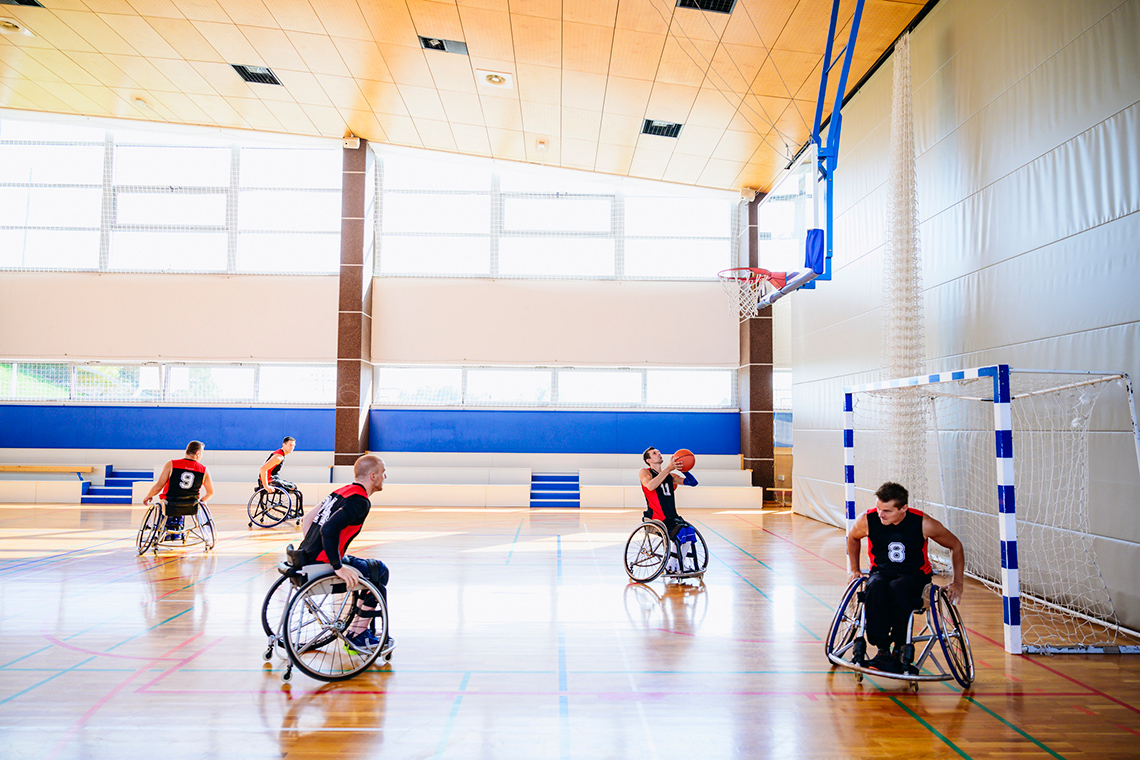Minds On
Task 1: Maps

Explore this TVOkids video entitled “Finding the Way Adventure” to learn more about how we can use maps to get from one place to another.
What is one new thing you learned from this video that you did not know before?
Record your ideas in a notebook or a method of your choice. Be prepared to share your ideas!
Action
Travelling to the park or school
An athlete goes to the sports park every day after work.

Let’s explore how the athletes get to the sports park. Pay attention to the direction words they use to describe how they get there.
Check out this audio clip entitled “How to Get to the Sports Park” to learn more about directions.
"How to Get to the Sports Park"
How do you travel?

How do you get from your home to school, or somewhere important in your community?
You can use the following words to describe how you get there:
- near
- far
- close
- up
- down
- right
- left
- in front
- behind
Record your directions in a notebook or a method of your choice.
What’s in a map?
A legend or key
All maps need a legend, which is also called a key. A legend or key helps explain what pictures on a map mean.
The following map shows a park with many pictures to represent the park's features.
 Description
Description
A 10 by 12 grid map. There is a legend on the right of the grip map with a list of nine different things on it. The noted things are tree, seesaw, slide, bench, sandbox, swings, flower garden, duck pond, and path. The map has the noted things all over.
Brainstorm
What place could you turn into a map?
Choose a room in your home, your classroom, or your special community place to describe in a map.
Later, you are going to create a map for this place like the map of the park.
- What are some features to include in the legend for your map?
- What are some symbols you could use for those features?
Record your ideas in a notebook or a method of your choice.
What else is in a map?
A scale
Learner One walked from their fridge to their stove in six steps. They wanted to add this as a scale on their map.
A scale on a map measures how far or close one spot is from another on the map. Learner One used their steps as their scale.
On Learner One’s map, they drew a footprint as a symbol for their scale. Every one foot they drew meant they took one step.

Find out how many steps it takes to get from one spot in your room, classroom, or community place to another.
Record the number of steps in a notebook or a method of your choice.
Consolidation
Task 1: Create a map!
 Description
Description
A grid map of a classroom. There is a legend on the bottom with the following noted on there desk and chair, desk and chairs with computer and keyboard, teacher’s desk and chair, table and chairs, sink, and shelf.
Now it’s time to create a map of your room, classroom, or special community place of your choice.
Use paper or a digital space to create the map. You can also record the details of your map as an audio clip or another method of your choice.
What should you include on your map? Check out the following checklist for your map.
Things to Include on Your Map:
Reflection
How do you feel about what you have learned in this activity? Which of the next four sentences best matches how you are feeling about your learning? Press the button that is beside this sentence.
I feel...
Now, record your ideas about your feelings using a voice recorder, speech-to-text, or writing tool.
Press ‘Discover More’ to extend your skills.
Discover MoreHero Elementary: All Over the Map
Explore this video from Hero Elementary entitled "All Over the Map" to learn more about maps and directions.
A bird takes AJ’s camera and flies off with it.
- How did the students use the map to help them find the bird’s locations?
- What are some other ways we can use maps in real life?
Record your ideas in a notebook or a method of your choice.